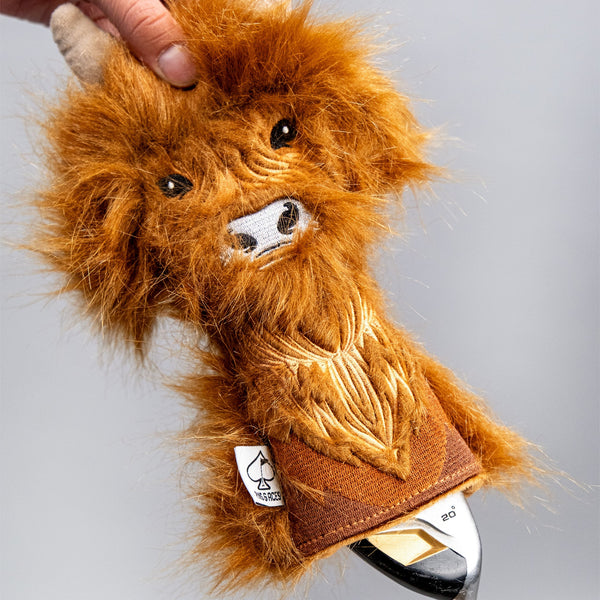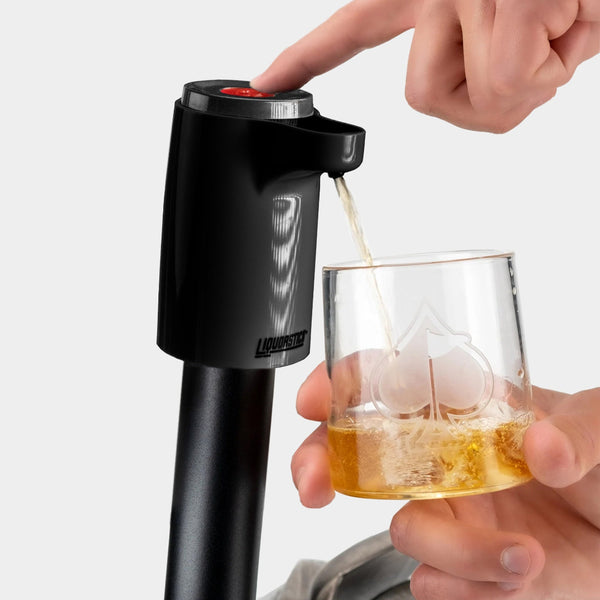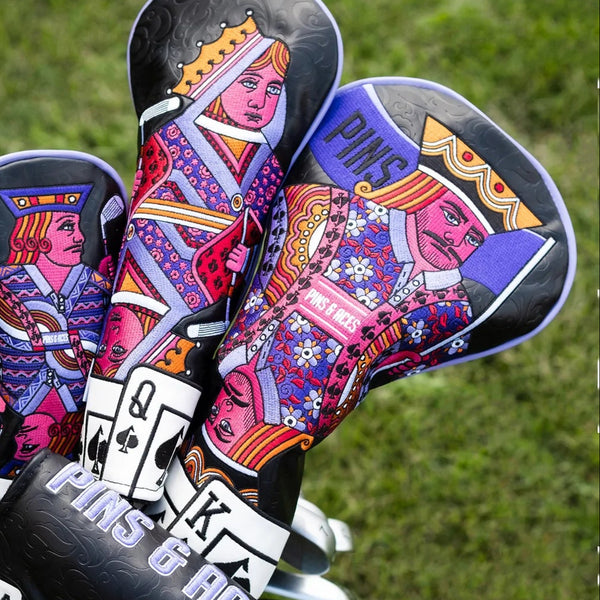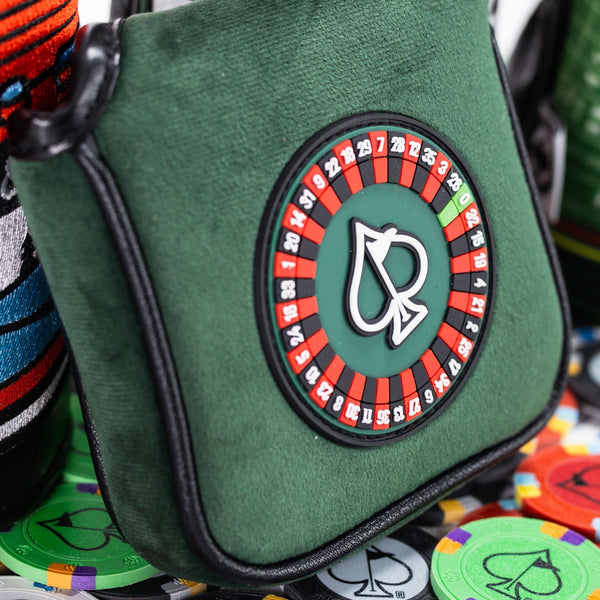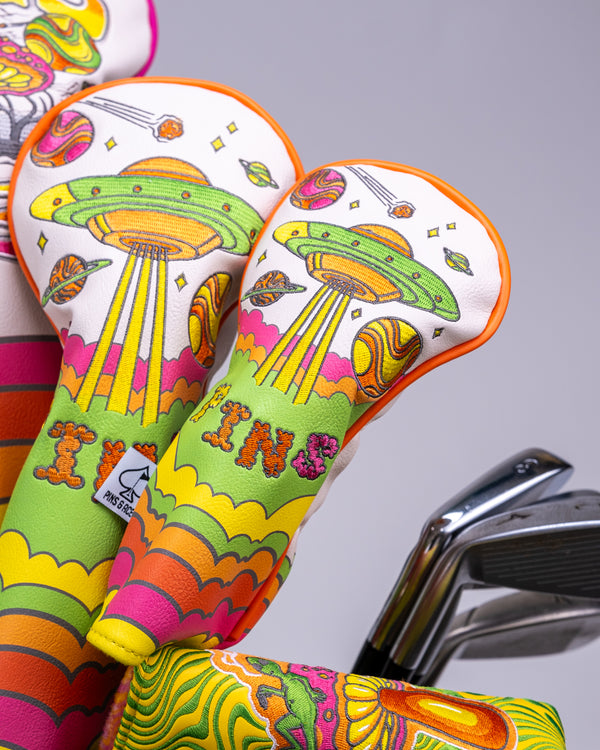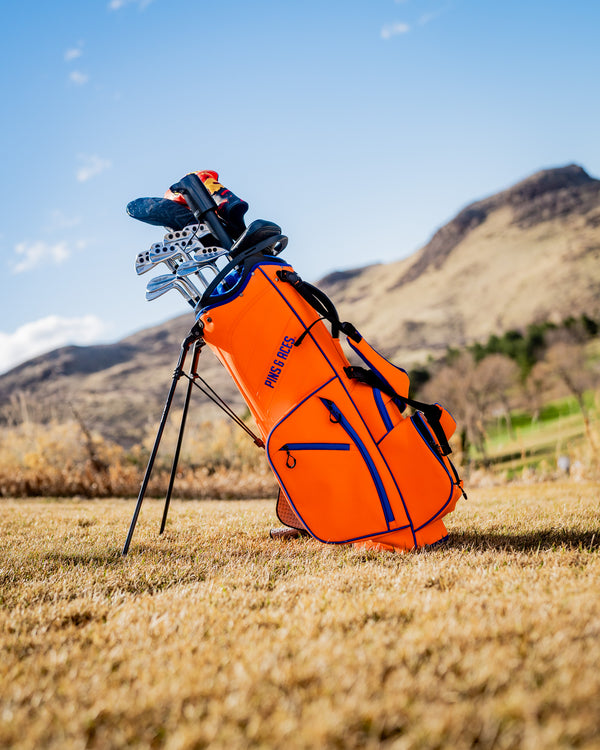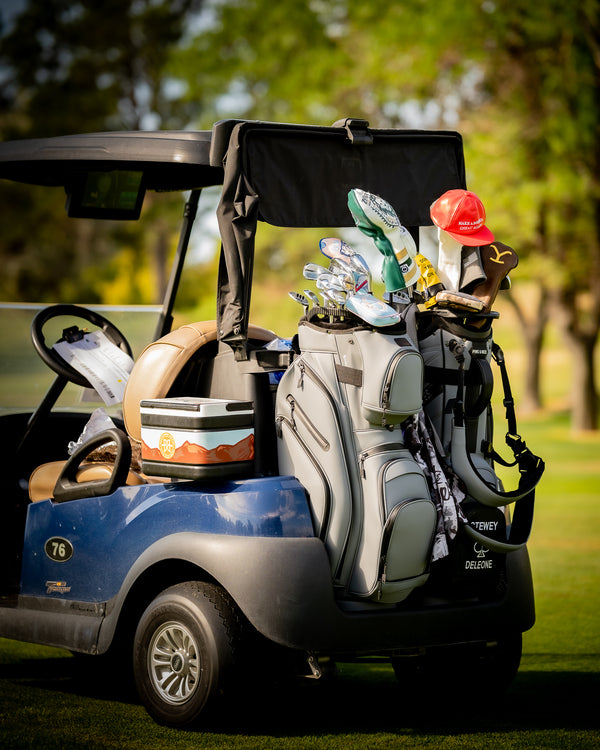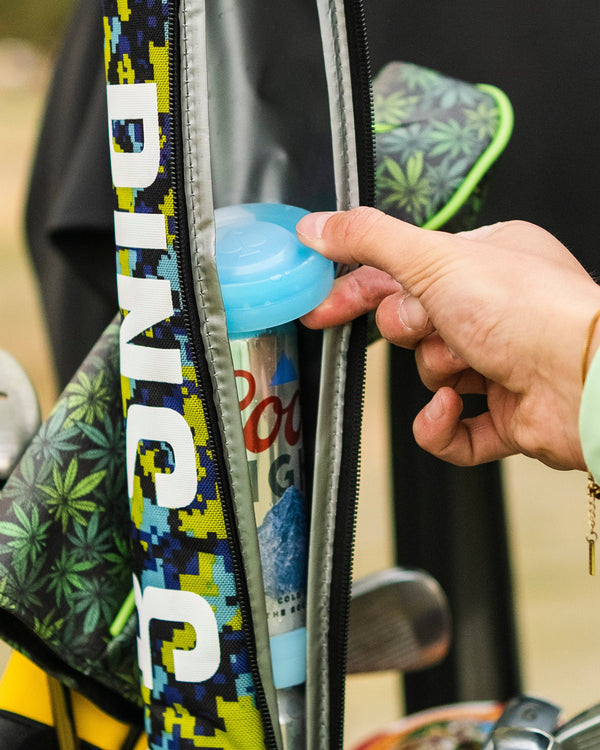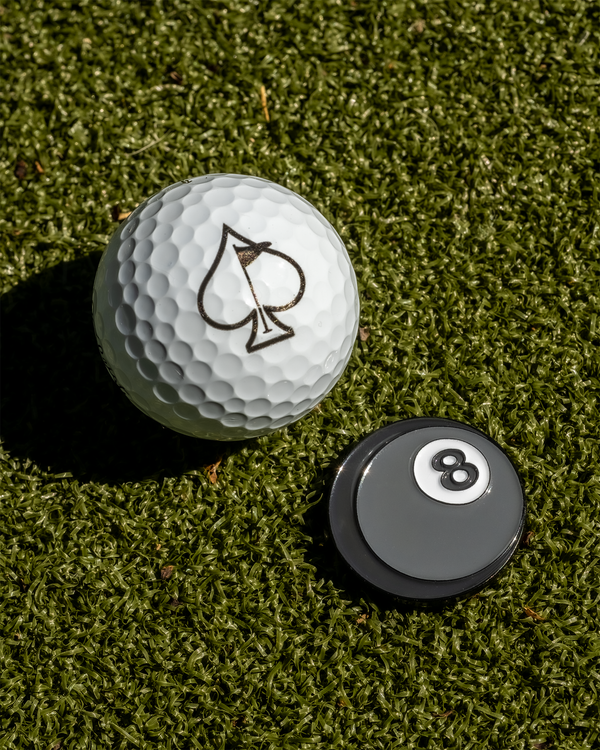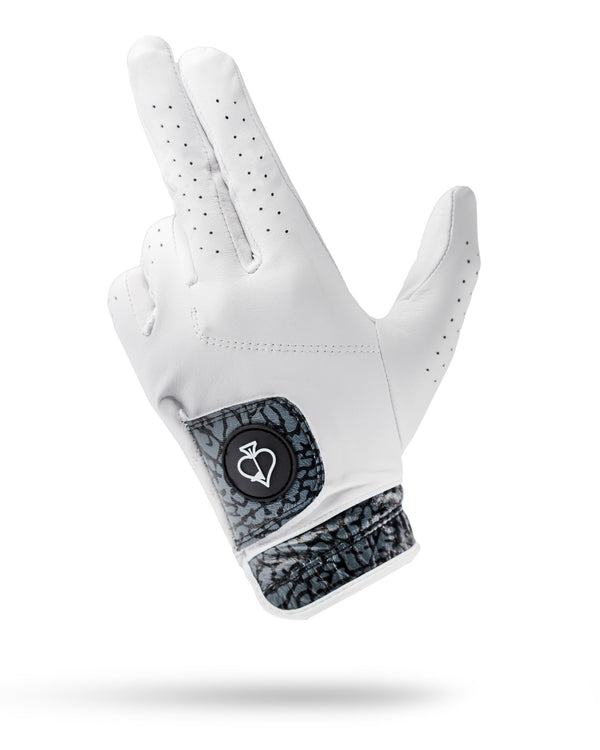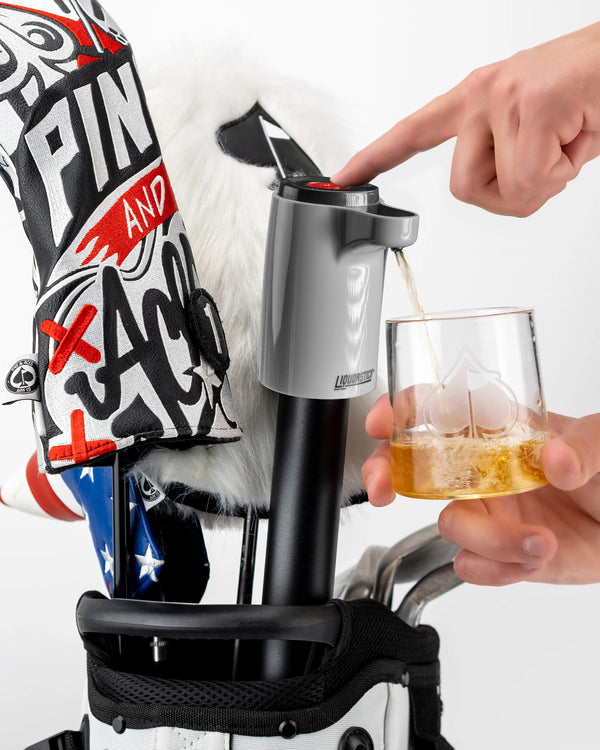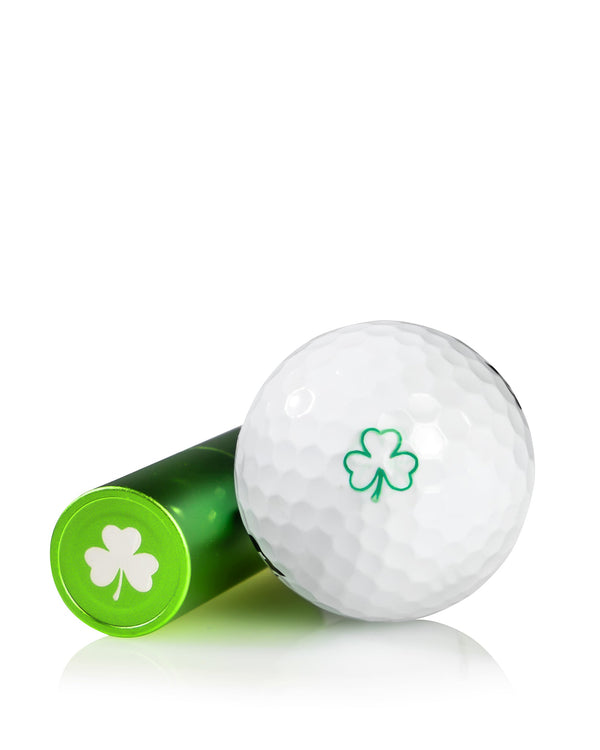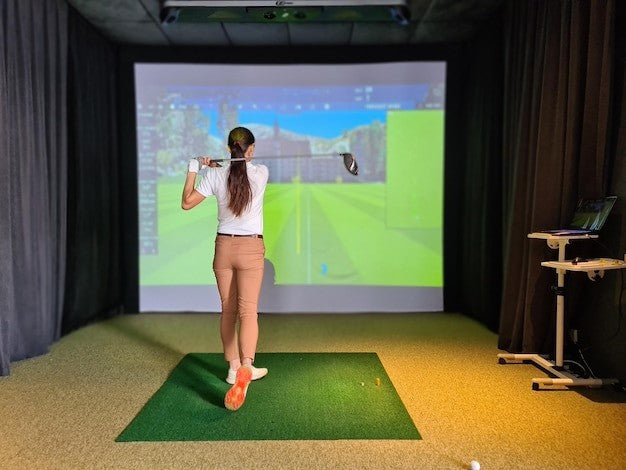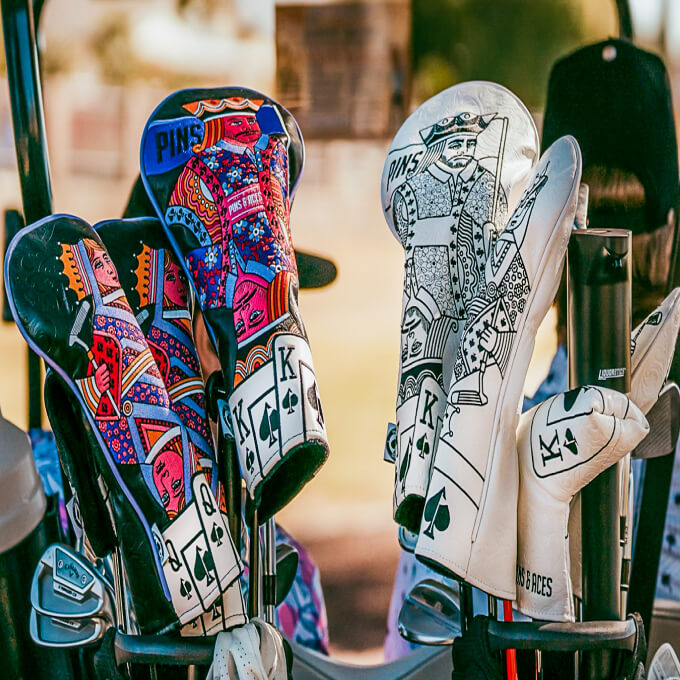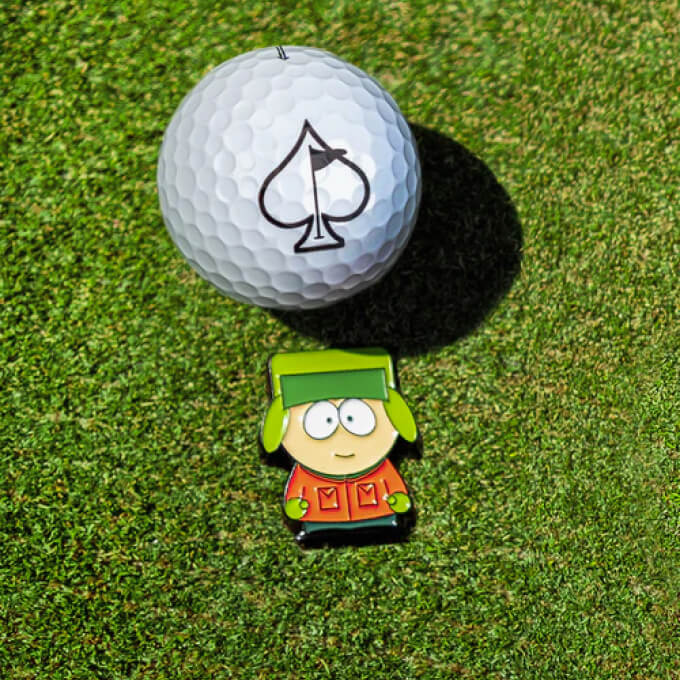From understanding the different types of clubs to perfecting my swing, there was so much to learn. However, one thing stood out as particularly crucial: learning how to correctly hold a golf club. In golf, as in life, it's often the basics that make a difference. And when it comes to golf, holding the club correctly is perhaps the most basic skill of all.
Though it might seem like a small detail in the grand scheme of things, the way you hold your golf club can dramatically affect your performance. A proper grip can improve the accuracy of your shots, increase your power, and even reduce the risk of injury. That's why I believe it's essential to master this fundamental skill.
In this article, we'll explore everything you need to know about holding a golf club. From understanding the different types of clubs to learning how to grip them correctly, we'll cover it all. So, whether you're a seasoned pro looking to refine your technique or a beginner just starting out, there's something here for you.
Understanding How to Hold a Golf Club
Before we delve into the specifics of how to hold a golf club, it's important to understand the different types of clubs and their uses. After all, the way you hold a driver may not be the same as how you grip a putter.
There are essentially four types of golf clubs: woods, irons, wedges, and putters. Each has a unique design and purpose, and understanding these can help you choose the right club for each situation.
Woods are used for long-distance shots, typically from the tee. They have a large, round head designed to hit the ball as far as possible. Irons, on the other hand, are used for a variety of shots, from tee shots on short holes to approach shots onto the green. Wedges are specialized irons used for short, high shots, typically near the green or in bunkers. Lastly, putters are used to roll the ball into the hole on the green.
The Importance of Proper Golf Club Grip
Now that we've covered the basics of golf clubs let's turn our attention to the importance of a proper golf club grip. It's a part of the game that's often overlooked, but it's critical to achieving optimal performance on the course.
The grip is your only contact point with the club, and thus, it has a direct impact on how the clubface strikes the ball. A solid grip allows for better control and precision, leading to more accurate shots. Additionally, it helps generate power, enabling you to hit the ball further.
Moreover, a proper grip can prevent the club from twisting in your hands, reducing the chances of a mis-hit. It can also lower the risk of injury, as an incorrect grip can lead to undue stress on your hands, wrists, and forearms.
Step by Step Guide on How to Hold a Golf Club
Before we move on to the practical tips and common mistakes, let's start with a step by step guide on how to hold a golf club.
-
First, you should hold the club with your left hand (for right-handed players, or vice versa) near the top of the grip. Your thumb should be pointing down the shaft, and you should be able to see the knuckles of your index and middle fingers when you look down.
-
Next, place your right hand below your left, with your left thumb fitting into the lifeline of your right palm. Your right thumb should also be pointing down the shaft. This is known as the interlocking grip, which is the most common grip among golfers.
-
Remember to hold the club firmly, but not too tightly. Your grip should be strong enough to maintain control of the club throughout the swing, but not so tight that it restricts your wrist movement.
Tips for Achieving Optimal Performance with the Correct Grip
Now that you know how to hold a golf club, let's discuss some tips for achieving optimal performance with the correct grip. One of the key things to remember is to maintain a consistent grip pressure throughout your swing. Squeezing the club too tightly can limit your wrist hinge, leading to a loss of distance and accuracy.
Another tip is to regularly check your grip alignment. Your hands should be parallel to each other and the clubface. If they're not, it can cause the clubface to be open or closed at impact, leading to slices or hooks.
Lastly, practice your grip regularly. The more you practice, the more natural your grip will become, and the better your performance will be.
Common Mistakes When Holding a Golf Club and How to Avoid Them
Even with the right knowledge and best intentions, mistakes can happen. In golf, some common mistakes when holding a club include gripping the club too tightly or too loosely, having misaligned hands, and not holding the club in the fingers.
To avoid these mistakes, regularly check your grip and make necessary adjustments. Practice your grip in front of a mirror to ensure your hands are properly aligned. And remember to hold the club in your fingers, not the palms of your hands.
Improving Your Golf Swing: The Role of the Right Grip
The right grip plays a crucial role in improving your golf swing. It allows for a smooth, controlled swing, leading to more accurate and powerful shots.
Your grip affects the clubface angle at impact, which is a crucial factor in determining the ball's flight direction. By ensuring you have a correct and consistent grip, you can improve your chances of hitting straighter, more accurate shots.
Moreover, a proper grip allows for better wrist hinge, which is key to generating power in your swing. With a good grip, you can increase your swing speed and hit the ball further.
Practice Techniques for Perfecting Your Golf Club Grip
Perfecting your golf club grip takes practice. But with the right techniques, you can accelerate your learning process. One useful practice technique is to regularly check your grip alignment in a mirror. This can help you ensure your hands are properly positioned and aligned with the clubface.
Another technique is to use a training aid. There are many golf training aids available that are designed to help you achieve the correct grip. These can be particularly useful for beginners who are still getting used to holding a golf club.
Lastly, consider taking lessons from a golf professional. They can provide personalized feedback and guidance, helping you perfect your grip more quickly and effectively.
How Professional Golfers Hold Their Clubs: Lessons to Learn
Professional golfers are masters of their craft, and there's a lot we can learn from them. When it comes to holding a golf club, they're a perfect example of how to do it right.
Most professional golfers use an interlocking or overlapping grip. These grips provide a secure hold on the club while allowing for optimal wrist hinge and control. They also ensure the hands work together as a unit, which is crucial for a smooth, efficient swing.
Moreover, professional golfers understand the importance of a consistent grip. They check their grip regularly and make minor adjustments as needed to maintain optimal performance.
Conclusion: The Impact of Mastering Golf Club Grip on Your Performance
Mastering the golf club grip can have a profound impact on your performance. It can improve your accuracy, increase your distance, and even reduce your risk of injury. But more than that, it can enhance your enjoyment of the game. After all, there's nothing quite like the feeling of hitting a perfect shot.
So, whether you're a beginner or a seasoned pro, take the time to master your grip. Practice regularly, learn from the pros, and remember: in golf, as in life, it's the basics that make the difference.



